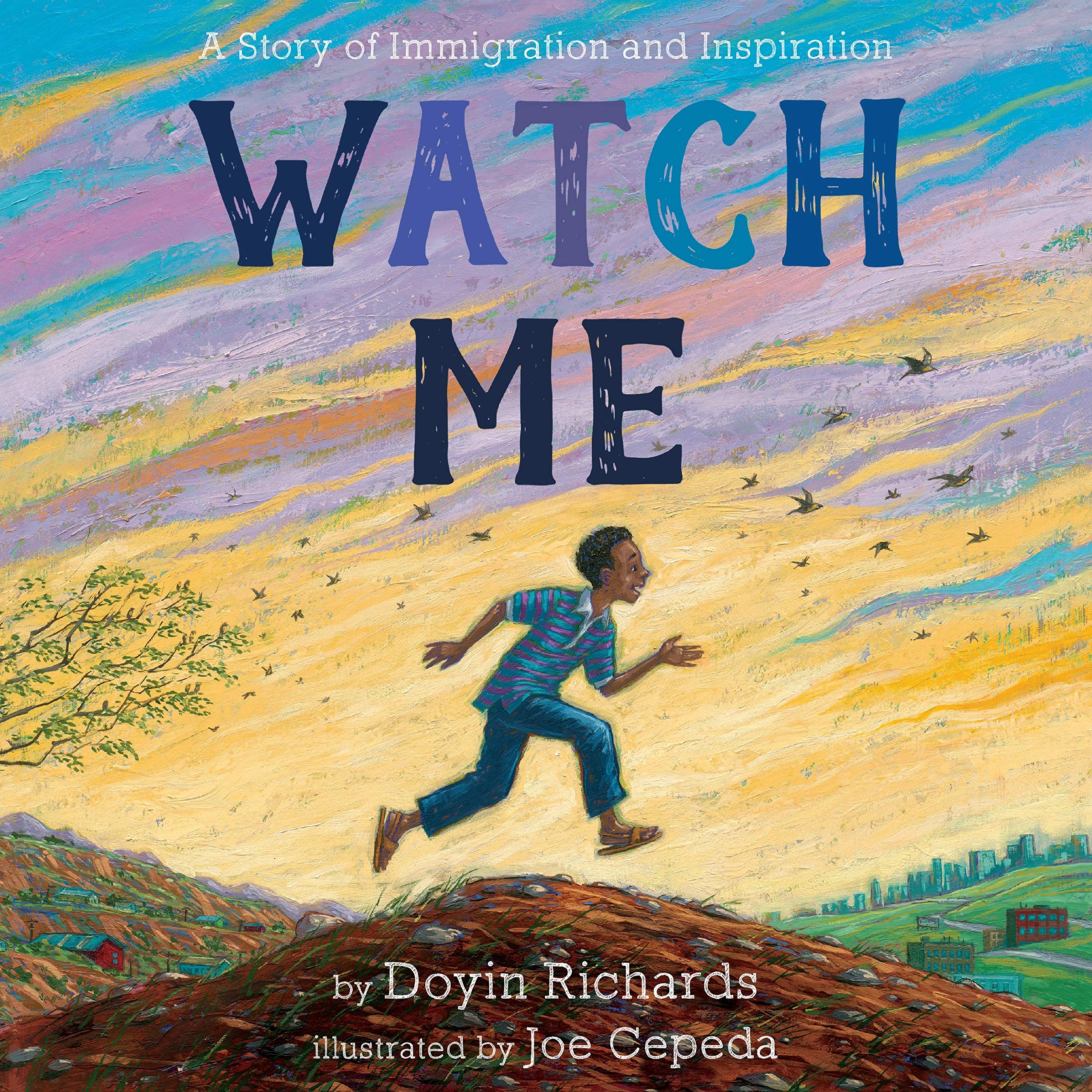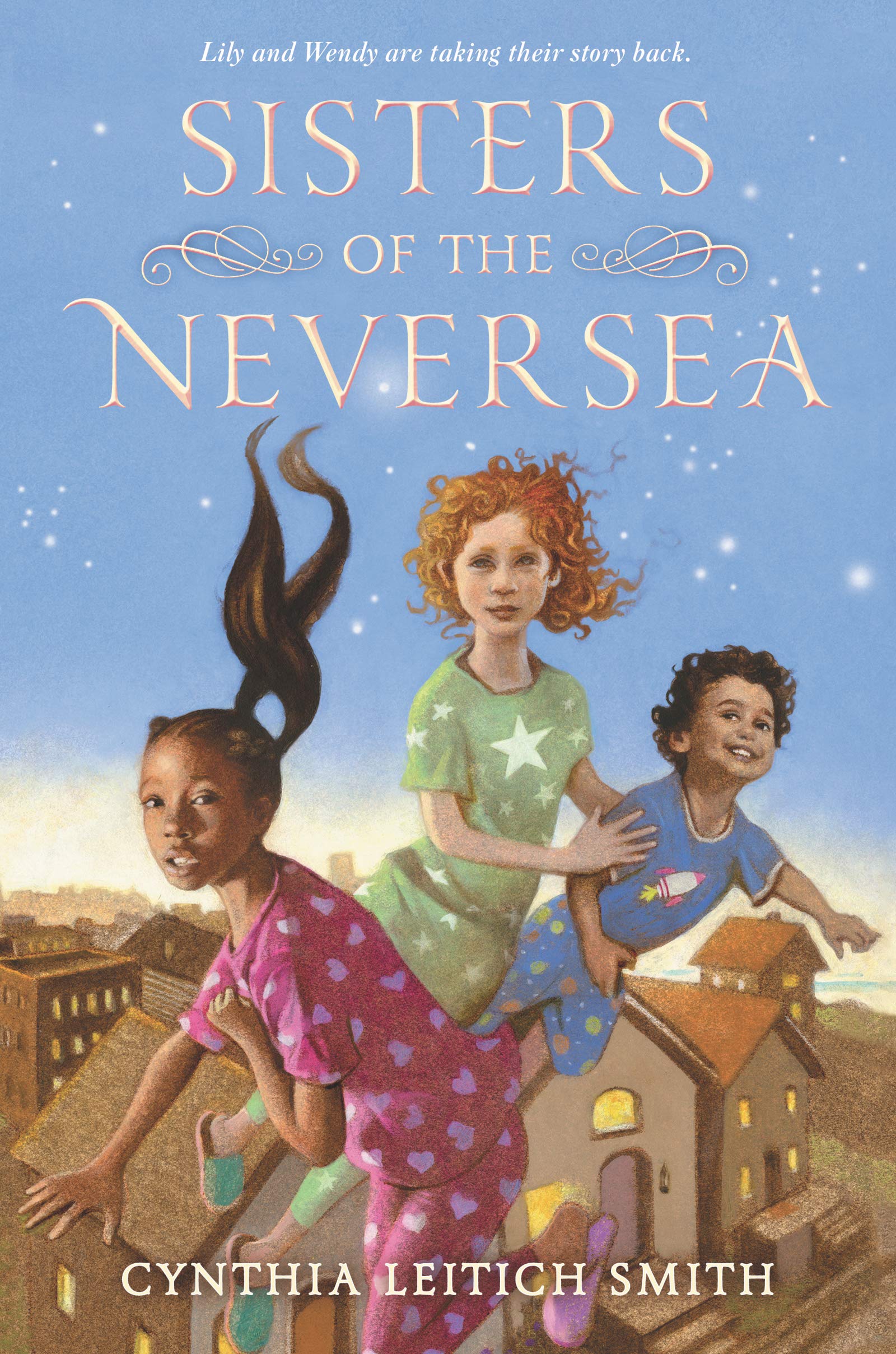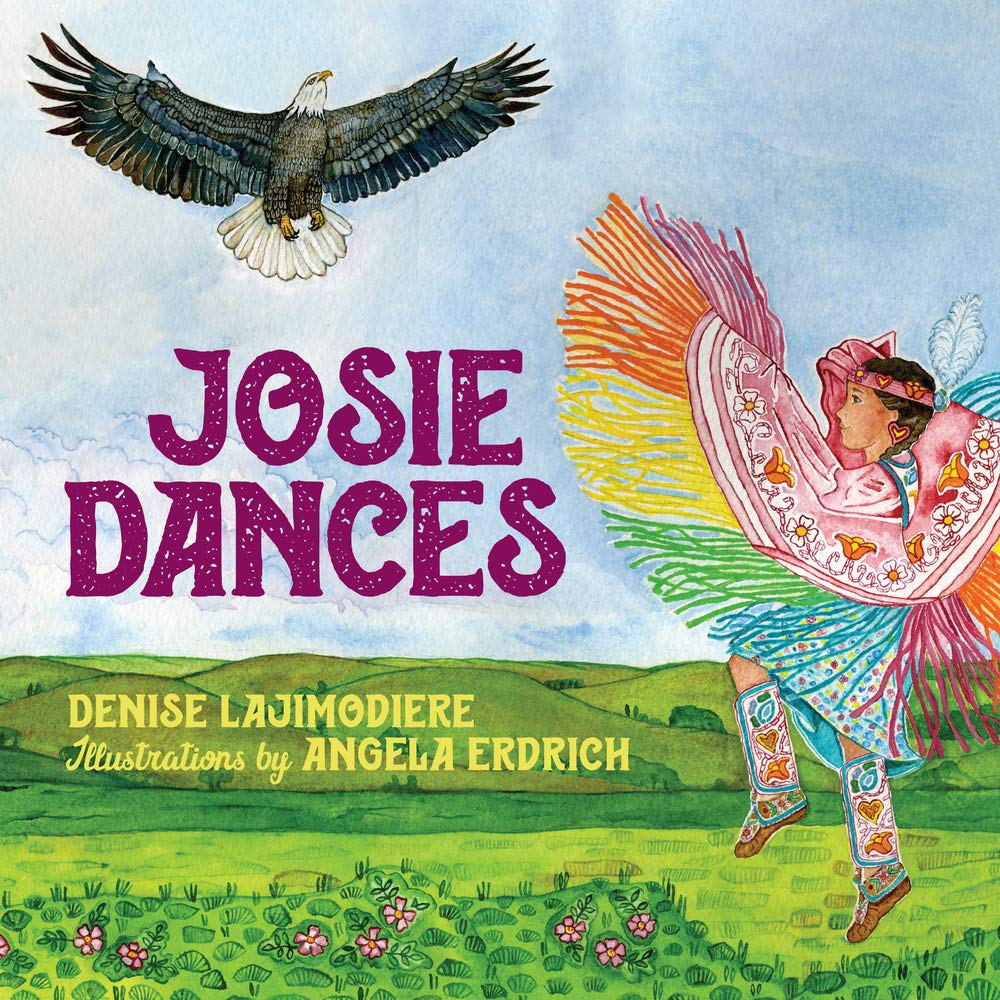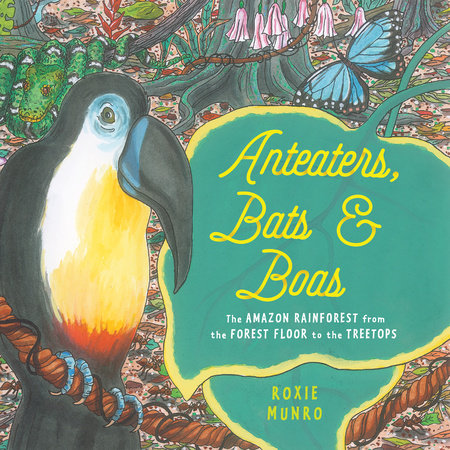Published by Feiwel and Friends


Summary: Growing up in Sierra Leone, Joe had big dreams. He decided he needed to go to America to follow them. Family and friends told him people in America would laugh at his accent and be afraid of his dark skin, but Joe said, “Watch me,” and moved to America. People did, in fact, make fun of his accent and sometimes told him to go back to Africa. Joe was homesick, but he persisted. Sometimes he felt he had to work twice as hard to prove himself, but in the end he kept going and became a doctor. How does the narrator know all this? Dr. Joe was his dad. 40 pages; ages 4-8.
Pros: This inspiring narrative tells Dr. Joe’s story, but also asks a lot of questions of the reader: do you know people like Joe? Do you see them at your school? Did they come by plane or boat? Maybe you did, too? The text is simple, but it is sure to provoke discussion and encourage kids to make connections between Joe and themselves or people around them.
Cons: I wanted to know a lot more about Dr. Joe, but there was no additional information.













